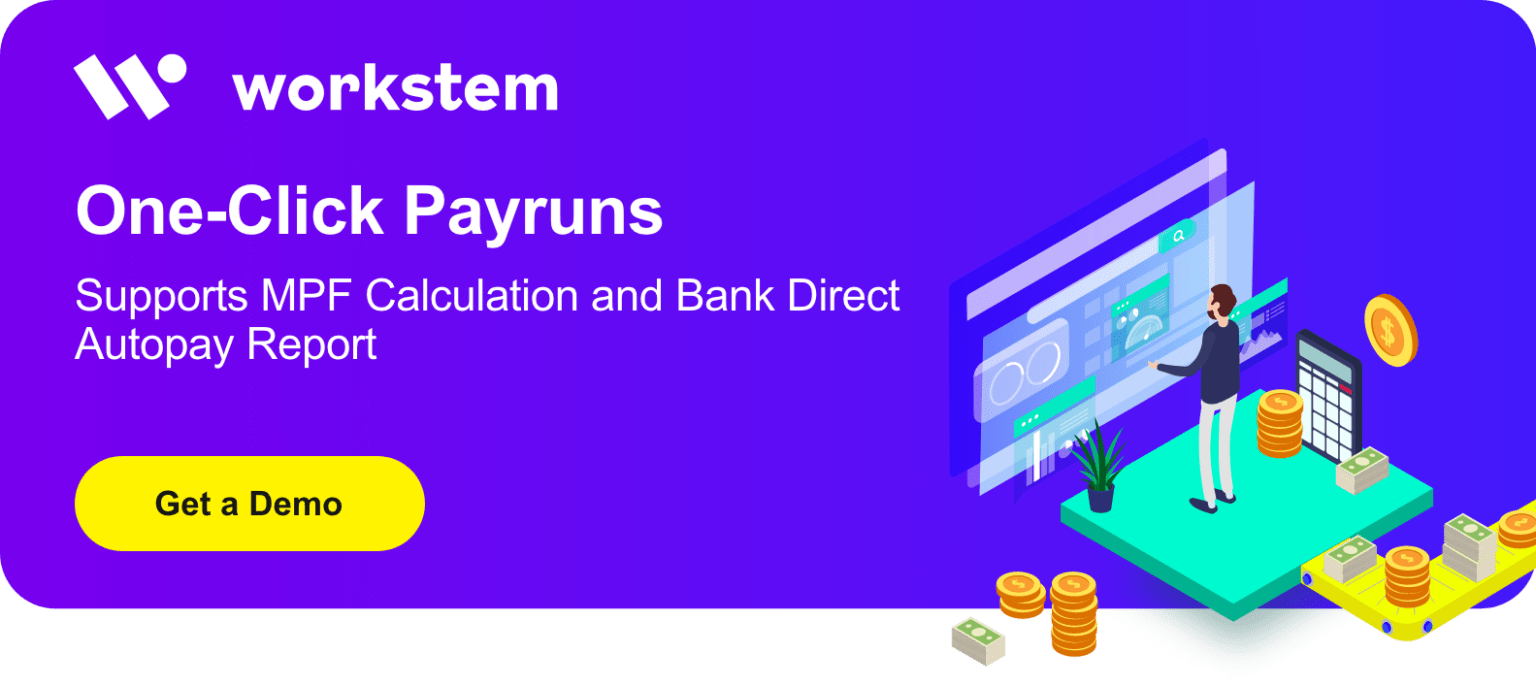The question of whether companies should pay end-of-year bonuses to employees often confuses HRs. This article answers a few commonly asked questions regarding year-end bonus. We hope it can help you in your daily HR management.
End of year payment means any annual payment (including double pay, 13th month payment, end of year bonus) of a contractual nature. It does not include any payment which is of a gratuitous nature or which is payable at the discretion of the employer.
💡 Therefore, whether to pay End-Of-Year Payment depends on if it’s stipulated in the employment contract.
Who should get end-of-year payment?
According to Hong Kong Labour Ordinance, the provisions concerning end-of-year payment apply to those employed under a continuous contract who, in accordance with a term of their contract (including agreement made orally or in writing, in express or implied term), are entitled to an end of year payment from their employer.
If the contract doesn’t include end-of-year payment and the employees agree on the arrangement, then the employer is not obligated to pay.
Can the company temporarily decide not to pay end-of-year payment?
For every employment contract made after 27 June 1997, it is presumed that an annual payment or annual bonus is not of a gratuitous nature and is not payable only at the discretion of the employer unless a written term or condition in the contract expresses intention to the contrary.
That is to say, once the provision concerning end of year payment is stipulated in the contract, not all companies can cancel payment or change the amount.
How much does the company need to pay for end-of-year payment?
If the amount is stated in the contract, the company needs to pay end-of-year payment according to the contract, such as “double pay” or “bonus”, as a form of end-of-year payment.
If the amount of end-of-year payment is not specified in the contract, it will be the amount of average monthly wages earned by an employee in the past 12 months.
Calculating for year-end payments can be a big hassle if you don’t have the necessary data and tools. Luckily, there’s a professional HR System – Workstem, to help you with all these one-time payments!

(The content and information in this article are for reference only. The accuracy and reliability of the information are subject to the latest government regulations. If you want to reprint the article or content, please contact us first or attach a link to this article, and indicate the source of reprint.)







![[418 Guide] Ordinance 418 And Continuous Contract](https://www.workstem.com/wp-content/uploads/2023/08/Untitled-design-min-350x220.png)